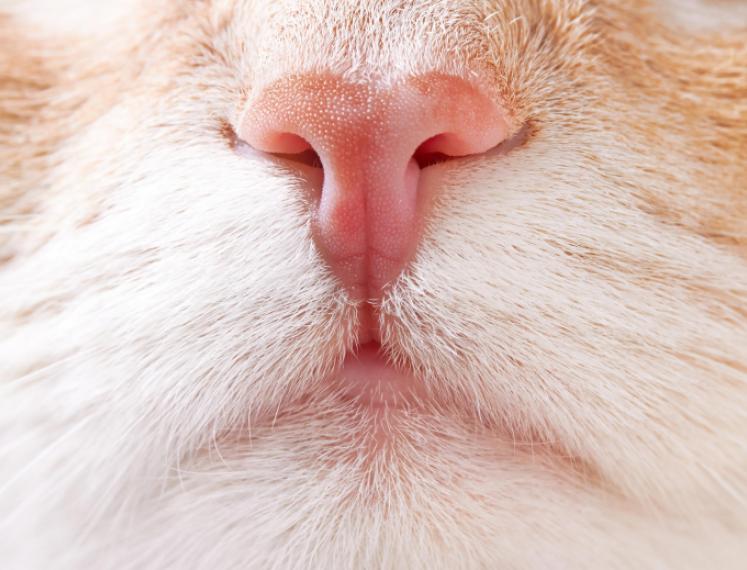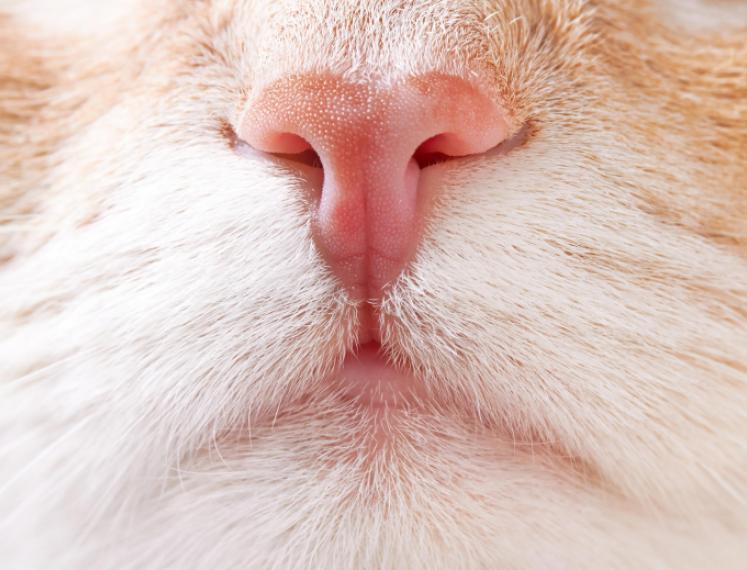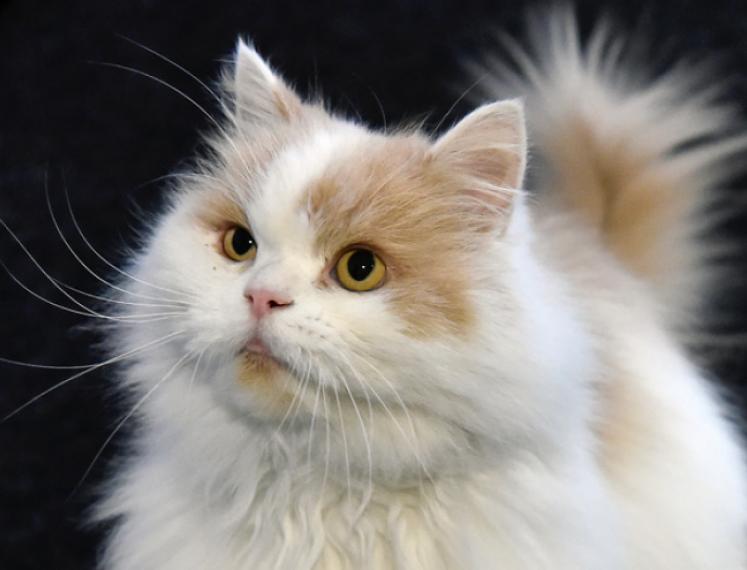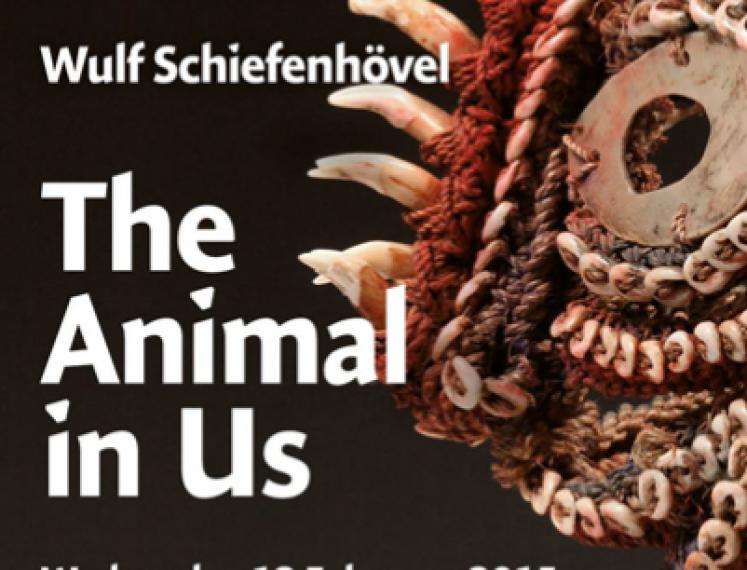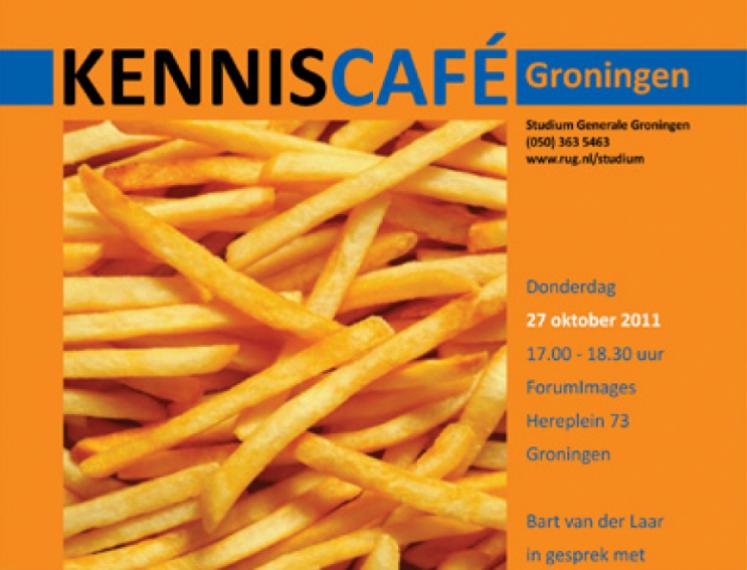Academy Building
Broerstraat 5
Groningen
Netherlands
Images of Animals
Images of animals are omnipresent in our everyday culture. We grow up with children's books full of animals, and with film classics such as Bambi, The Lion King and Finding Nemo. We endlessly share dog and cat clips via social media and, as adults, still look with admiration at increasingly picturesque images of unspoilt nature with David Attenborough's voiceover. In our daily life, however, we encounter just a fraction of these living beings. Apart from our pets and the species that live in our habitat, like rats, pigeons and insects, or the animals we consume, nature in our direct surroundings has become scarce. But how does this affect the way we see animals? How does popular media conceptualize our view on what an animal is? What are the positive and negative aspects of animation, horror and documentary films with animals? And what recent developments can be discerned in this endless storm of images in today's audiovisual media culture?
Maarten Reesink teaches Human-Animal Studies at the Department of Media Studies and the Institute for Interdisciplinary Studies at the University of Amsterdam. He is the author of Dier en mens. De band tussen ons en andere dieren (Boom, 2021) and one of the founders of the Centrum voor DierMens Studies Nederland (Centre for Animal-Human Studies Netherlands).
When visiting our events a corona entry pass (a vaccination, test or recovery certificate) is mandatory. More information about this can be found at rijksoverheid.nl. You can show the corona entry pass with the CoronaCheck-app or on paper.
